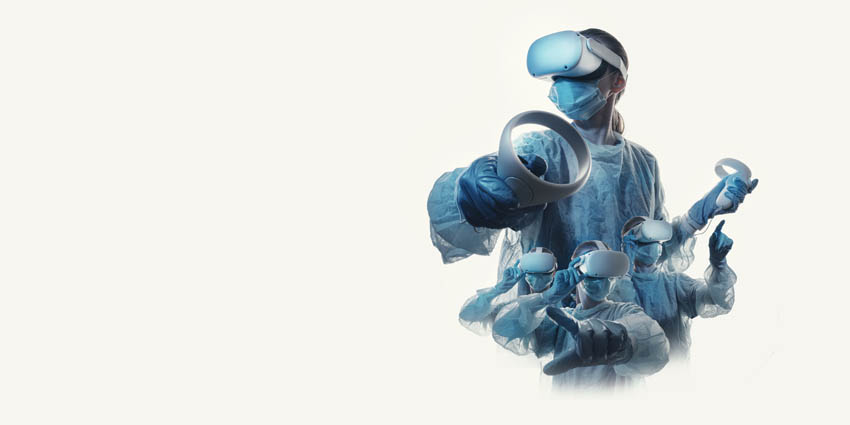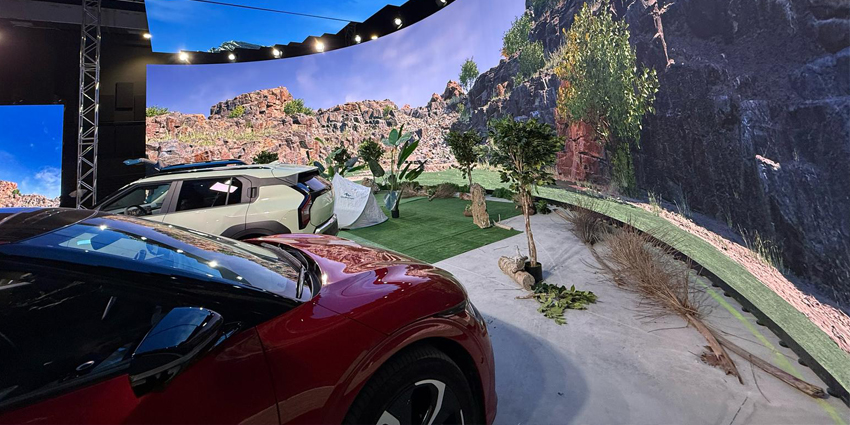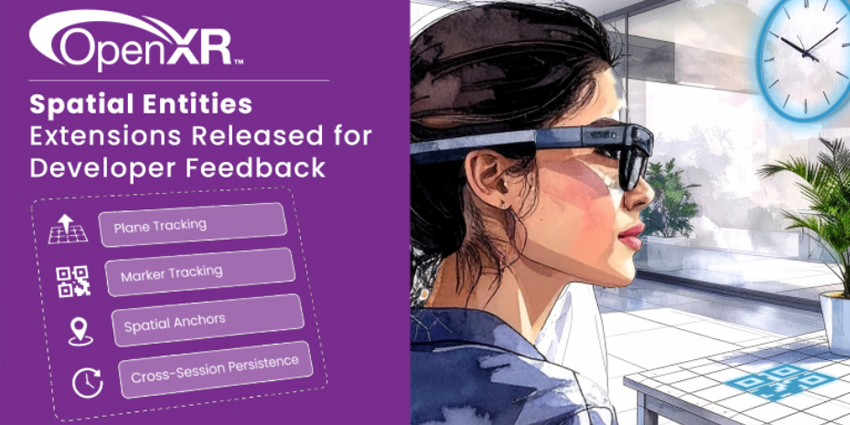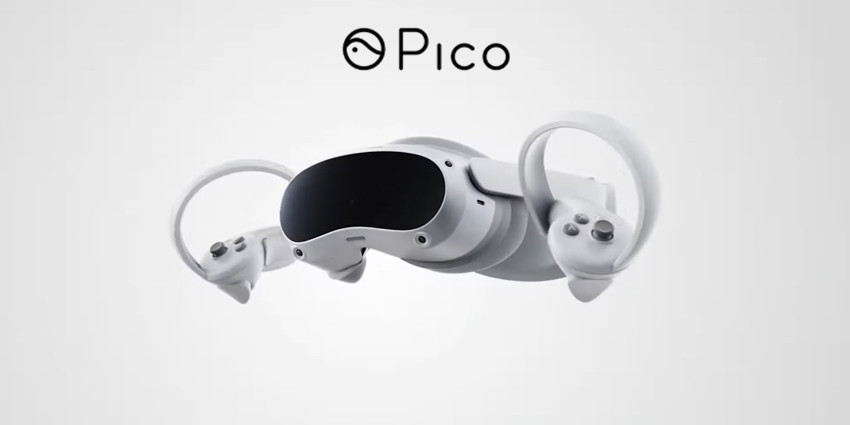Virtual reality has unlimited potential in the healthcare industry, to improve the way we live and work. Over the last couple of years, we’ve begun to see many innovators in the healthcare sector turning to VR as a tool for innovative treatment, and training.
Of course, with budget restrictions to consider in the healthcare space, and a wide selection of amazing and disruptive tools fighting for attention, it can be difficult to determine whether VR healthcare innovations are right for you.
If you’re keen to discover exactly what virtual reality can do for healthcare teams, the following VR healthcare case studies could offer an excellent insight.
UConn Health and Oculus
Oculus by Meta is probably one of the best-known names in the virtual reality landscape. Offering some of the most affordable, and ergonomic tools for learning and immersion, Oculus has taken the world by storm – even in the healthcare space.
According to Dr. Mazzocca, who helps to train professionals in orthopaedic surgery, practice is essential to becoming skilled in the profession.
Over the years, medical groups have developed a range of creative methods to surgically train orthopaedic doctors inside and outside of the operating room.
At UConn Health, doctors previously practiced their skills on cadavers, but these methods were expensive and time-consuming. Working with Oculus and PrecisionOS, the group was able to discover a new mode of training.
The Orthopaedic department now uses intelligent VR systems to train professionals with convenient, and inexpensive technology.
The Oculus Quest-enabled solution has helped to train staff up to 570% faster than those using a traditional approach. Check out the full study here.
Varjo and Laerdal
A global leader in patient simulation with employees across 24 countries, Laerdal is responsible for creating incredible products and programs for healthcare.
The aim of the company is to help save another 1 million lives each year by 2030. To help them achieve this gaol, Laerdal started working with Varjo, a leading VR solution provider.
Together, Laerdal and Varjo created a new solution for next-level immersive training for medical scenarios. According to the case study, Varjo and Laerdal built an immersive, efficient, and personalized training environment suitable for students across all time zones and locations.
The technology allows specialists and professionals from multiple environments to work together, regardless of where they are, to seamlessly share knowledge and develop new skills. The extended reality solution provides a more powerful ways for teams to collaborate.
ORamaVR and VIVE
Another excellent example of companies working with a VR developer to improve training in the healthcare sector, the collaboration between ORamaVR and VIVE is an excellent insight to the industry. As the global population continues to age and grow, there’s an increasing need for healthcare employees, according to VIVE, which means there’s a growing need for efficient, and effective training strategies.
ORamaVR worked with Vive to build one of the world’s most intelligent VR training simulations for healthcare, and successfully deployed that technology into HTC VIVE headsets.
Through this partnership, countless medical professionals have unlocked new solutions for immersive training, to enable a new generation of medical professionals.
According to the teams, the new innovation for training is both cost-effective and efficient for teams of all sizes. You can find the full case study here.
Oculus, Osso VR and Johnson and Johnson
Oculus for business has proven to be a valuable tool in the integration of VR into the healthcare environment. A leader in medical solutions, Johnson & Johnson, worked with Oculus for Business and Osso VR to create a new opportunity in the healthcare space.
The Johnson & Johnson team had previously used VR tools to train surgeons in using orthopaedic devices in 2017, but the original experience just wasn’t scalable enough.
Fortunately, when the Oculus landscape emerged, offering access to a more financially manageable solution, Johnson & Johnson was able to reconsider their VR strategy.
Working with the support of Osso VR for medical training curriculums, the group built a comprehensive training environment with multiple modules capable of pushing out to countless headsets in real-time.
Osso VR is now working on expanding the training curriculum offered by the training institute as a whole, to allow more professionals access to risk-free training.
Samsung and Mount Vernon
Hospitals can be a worrisome place for patients, making it difficult to keep stress levels and heart rates low among people waiting for treatment.
The Inova Mount Vernon Hospital in Alexandria recognised this issue and began looking for non-pharmaceutical ways of reducing some of the pain and anxiety patients were facing.
After reading about the emerging potential of VR, the group decided to leverage Applied VR kits in two emergency departments, locked down with the Samsung Knox custom configurator to ensure they only use the correct VR solution.
The kits include a Samsung Gear VR headset, which offers patients 360-degree views of beautiful locations and immersive environments to help distract them from discomfort during and after medical procedures.
The hospital has since seen significant benefits from accessing VR technology, including improved patient experiences, and reduced overall costs. Read the full case study here.
Unity and Mortenson
Managing the high costs and significant risks of AEC medical projects can be complex. Fortunately, Mortenson found a solution in the world of virtual reality.
By simulating new hospital and operating room designs in interactive 3D experiences, Mortenson now ensures their clients can fully interact with and visualize crucial work areas and technologies to ensure better ergonomics.
Although medical room and surgical room design might not seem like the most obvious place for VR in healthcare, Mortenson’s technology, designed with Unity, can help to streamline patient care and staff performance.
It also reduces the costs involved with redesigning patient care environments which aren’t suitable for the hospital.
The Unity and Mortenson collaboration is helping to enhance the design of hospital rooms all around the world, so teams can accomplish more when it comes to care. See the full study here.







